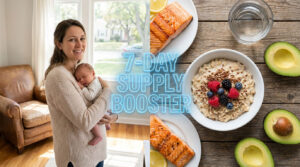With the birth of first great civilizations, progress from prehistory to antiquity emergence of 1st medical studies that replaced archaic conceptions involving gods for healing with more rational approach based on observation Osteoarthritis (OA) has been through all of these different chapters of mankind.








